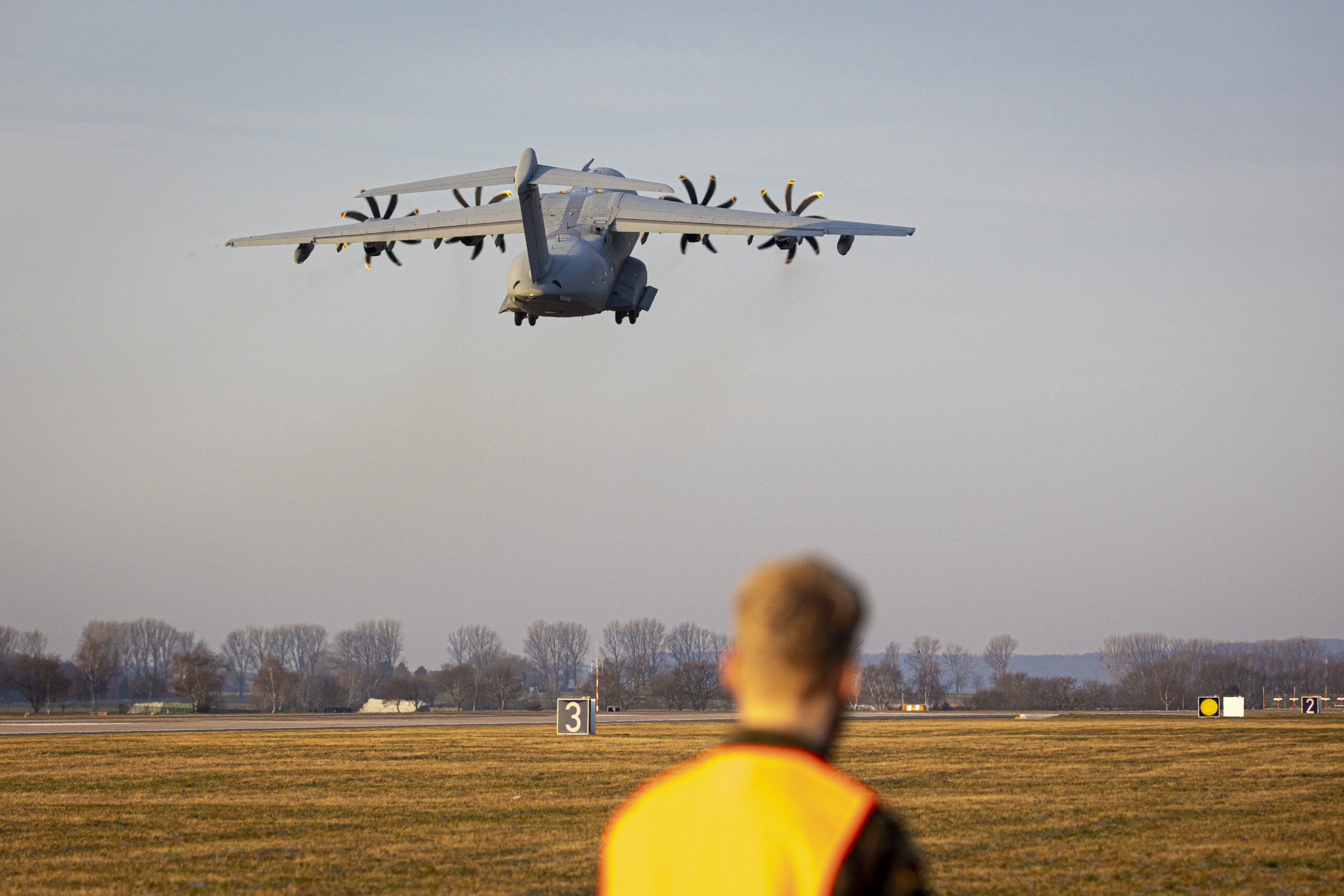


One hallmark of any fundamentalism is the habit of refashioning past events into imaginary histories that validate unchallengeable truths, preserving internal coherence in a narrative that drifts ever further from reality. For the high priests of free trade, the strong track record of trade barriers and industrial policy in spurring economic development, both in America and around the world, has long been an awkward subject best unstudied. But as they lose ground in the public debate, that strategic silence is now giving way to embarrassing revisionism.
The latest absurdity comes from Adam Posen, president of the Peterson Institute for International Economics, in his Foreign Policy cover story on “America’s Zero-Sum Economics.” Rejecting a strategy of subsidizing strategic industries, Posen points to “the long-running conflict between Airbus and Boeing.” In his telling, foolish government intervention in both the United States and Europe, as “these two giant economies subsidiz[ed] their respective champions,” which were “deemed too strategically important to fail,” has led to “limited innovation” and “substandard production” that “put both the underlying system and many of their customers at risk of devastation.”
The aircraft industry’s real lesson for policymakers is nearly the opposite.
After World War II, American firms dominated the aircraft manufacturing sector, propelled by industrial strength, management expertise, and a robust engineering talent pool. Europe trailed behind, with national champions specializing in shorter-range aircraft. By 1970, the U.S. aerospace industry’s revenue was almost six times that of Europe. In response, European governments founded Airbus to reduce dependence on American manufacturers and develop their own industrial capacity and workforce.
From the start, Airbus was a state-backed enterprise, receiving government direction in its strategy and financial support in the form of R&D funding, infrastructure expansion, equity infusions, and loans. Total launch aid subsidies eventually exceeded $22 billion. This government assistance kept Airbus afloat until it made its first operating profit in 1990, 20 years after its launch.
As Airbus grew, shareholder-controlled Boeing failed to recognize its European competitor as a legitimate threat. Airbus’s initial market-share gains came at the expense of McDonnell Douglas (MCD), which merged with Boeing in 1997. The merger boosted Boeing’s global market share to 70 percent, but MCD’s financialized corporate culture supplanted Boeing’s long-running emphasis on engineering excellence. In his book Boeing Versus Airbus, journalist John Newhouse documented that several years after the merger, a longtime Boeing engineer lamented that MCD’s “predatory, autocratic culture has displaced Boeing’s old problem-solving culture.” As a result, Boeing shifted its focus from creating new products to maximizing gains for shareholders.
In contrast, Airbus remained committed to its core purpose: bolstering the European aerospace industry. It invested heavily in aircraft innovation, pioneering composite materials and a digital fly-by-wire system that became the industry standard. Faced with high labor costs and obstacles to layoffs, Airbus adopted automated machinery more quickly and invested in worker training and development. In his book Flying Blind, Bloomberg journalist Peter Robison notes that a mid-1990s Boeing analysis found Airbus enjoyed a 12 percent to 15 percent advantage in production costs.
Airbus’s triumph culminated in 2003 when it surpassed Boeing’s market share and held the top spot for nine consecutive years.
The success of Airbus presents American policymakers with invaluable lessons for future industrial investments. First, the Airbus story demonstrates that policymakers can successfully identify critical industries primed for public investment. European politicians and bureaucrats correctly identified aerospace as a critical sector and executed a long-term strategy for building technical and commercial leadership. Second, government support can foster competitive firms. Airbus’s ascent to be the global leader in sales, quality, and innovation stands as a testament to a successful government-led initiative to boost a specific sector.
Finally, the diverging paths of Airbus and Boeing reveal that shareholder primacy does not always yield the most competitive or innovative firms. Boeing, in its quest for short-term shareholder returns, reduced R&D spending and outsourced aggressively. Although this approach generated record profits, it resulted in a loss of market share to Airbus and a struggle with production and safety issues. Airbus, meanwhile, built a European supply chain, kept workers employed, and fostered an entire European aerospace industry—all while catching and passing Boeing from a standing start.
After design flaws led to the tragic crash of two 737 MAX aircraft within five months in 2018-19, Boeing was forced to ground the planes for nearly two years. Repeated quality-control with its 787 Dreamliner, meanwhile, led to multiple FAA-ordered delivery halts from 2021 to 2023. During the pandemic-disrupted years of 2020 and 2021, Airbus continued to average approximately 588 deliveries per year, while Boeing managed barely about 248. When Adam Posen laments that “supply chains in aircraft manufacturing have become highly fragile, as evident in production problems long before the COVID-19 pandemic,” this is precisely half true.
In an era where shareholder value often trumps other considerations, the Airbus story serves as a potent reminder that there is more to success than simply chasing short-term profits. By strategically investing in research and development, fostering a skilled workforce, and focusing on the long term, Airbus refutes claims that state-backed enterprises cannot match the performance of private corporations. At the end of 2022, Airbus beat Boeing for the fourth year in a row.
As the United States faces mounting global competition, the need for strategic industrial investment is only growing. Policymakers must identify sectors critical to national security, economic resilience, and technological advancement, and provide targeted support to nurture innovation. This kind of public investment has the potential not only to level the playing field but to create globally competitive domestic industries, just as Airbus did for European aerospace.
